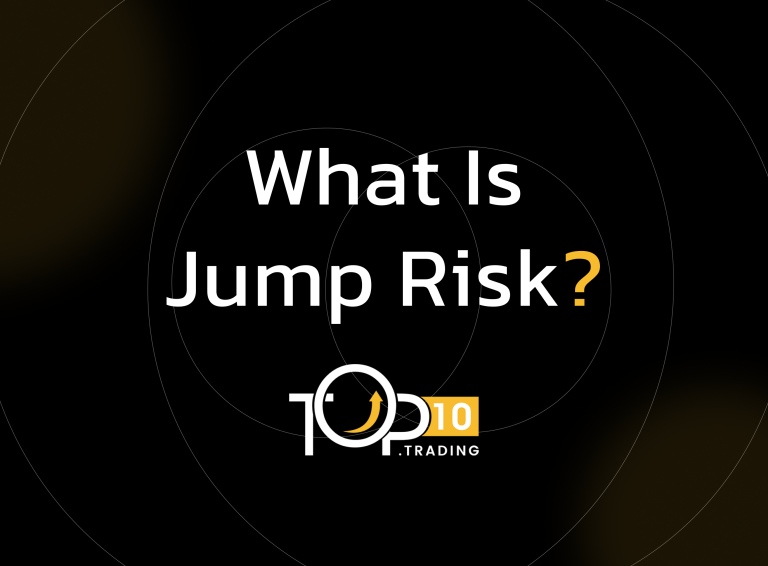Jump Risk Definition

Jump risk, also known as event risk, refers to the possibility of sudden, extreme price movements in financial markets caused by unexpected events or disruptions. These “jumps” are characterized by sharp changes in asset prices that occur over a short period, often bypassing normal market volatility. Jump risk is particularly significant for investments that rely on stable market conditions, such as derivatives, leveraged positions, or hedged portfolios.
Key Takeaways
- Jump risk refers to sudden, extreme changes in asset prices caused by unexpected events or market disruptions.
- It disproportionately affects derivatives, leveraged investments, margin accounts, and hedged portfolios reliant on stable conditions.
- Mitigation strategies include diversification, reduced leverage, hedging instruments, and stop-loss orders.
- Understanding jump risk is crucial for managing exposure in volatile markets and anticipating potential shocks.
How Jump Risk Works
- Jump risk arises when unforeseen events, such as economic shocks, geopolitical crises, or major news announcements, lead to abrupt changes in market prices.
- These price movements often occur outside regular trading hours or during periods of suppressed volatility, catching investors off guard.
- Investments with high leverage or hedging strategies are especially vulnerable because they depend on assumptions of stable or predictable market behavior.
Real-World Examples
- Lehman Brothers Collapse (2008): The financial crisis caused massive jumps in credit default swaps and other financial instruments tied to the housing market.
- AIG Crisis: AIG underestimated the likelihood of payout events tied to default insurance contracts, leading to catastrophic losses.
- Global Financial Crisis: Large swings in portfolio values during the 2008–2009 crisis were triggered by headline news and systemic disruptions.
Key Applications
- Jump risk primarily affects:
- Derivatives: Options and futures contracts are highly sensitive to sudden price changes.
- Leveraged Investments: Positions magnified by borrowed capital face amplified losses during jumps.
- Margin Accounts: Sharp price drops can trigger margin calls and force liquidation of assets.
- Insurance Contracts: Policies tied to specific triggers may face unexpected payouts due to jump events.
Mitigating Jump Risk
- 1. Diversification: Spread investments across uncorrelated assets to reduce exposure to single-event risks.
- 2. Avoid High Leverage: Minimize reliance on borrowed capital in volatile markets.
- 3. Hedging Strategies: Use instruments like credit default swaps or options to protect against extreme price movements.
- 4. Stop-Loss Orders: Implement stop-loss mechanisms to limit potential losses during sharp declines.
- 5. Monitor Volatility Trends: Be cautious of periods of suppressed volatility, as they often precede sudden spikes.
Risks and Challenges
- Unpredictability: Jumps are difficult to forecast due to their dependence on unforeseen events.
- Amplified Losses: Leveraged positions magnify the impact of sudden price changes.
- Market Assumptions: Many investors underestimate the likelihood of extreme events, as seen during the housing crisis.
- By recognizing and preparing for jump risk, traders and investors can better navigate unpredictable market environments while minimizing potential losses.
